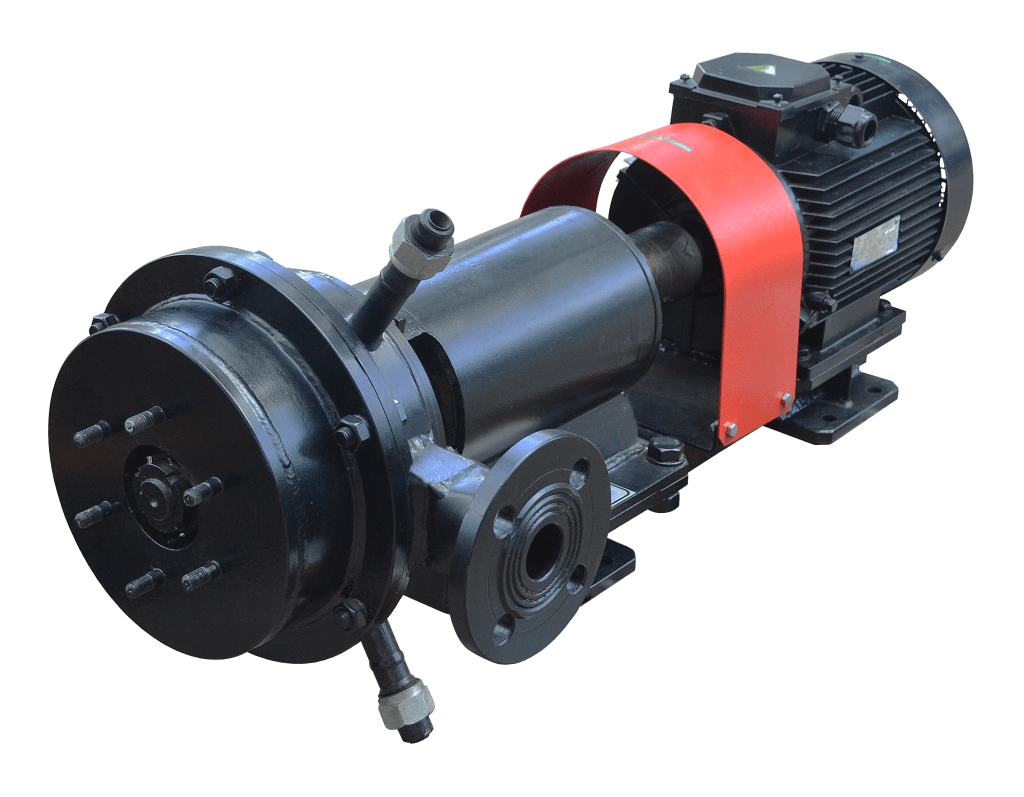
GlobeCore is a leading manufacturer of high quality equipment used for regeneration, restoration and production of bitumen emulsions and all possible polymer-modified industrial liquids. GlobeCore equipment has enjoyed sustained demand in more than seventy countries around the world.
Annually, GlobeCore produces several hundred units for emulsifying, dispersion, wet grinding and blending of solid and liquid substances. Each blending line or a separate machine delivered to a customer, is tested before leaving the factory.
A wide range of units and machines are designed and produced by GlobeCore. The line includes machines for fuel blending, vortex layer machines, units for transformer oil regeneration with Fuller’s earth reactivation, bitumen-emulsion equipment, and machines for fuel decoloration and blending.
One of the undeniable benefits of GlobeCore equipment is that it is customer-oriented and is manufactured to meet the needs of the customer.
A colloid mill for wet grinding and a homogenizer are considered to be very important units of industrial blending machines that are produced by GlobeCore. The volume and the quality of colloidal solutions, emulsions and suspensions depend on the technical specifications and performance of colloid mills and homogenizers. GlоbeCоre engineers do a great job to improve this small, but an important industrial unit.
With the help of modern software, engineers make the hydraulic calculations and design the working surfaces of a rotor and a stator, the two essential parts found in modern colloid mills (homogenizer).
Due to modern metal-working machinery and based on a high tech digital software, each part of the colloid mill corresponds to the drawings with all tolerances and fitted pieces that were provided by the designer.
If the design of a working chamber of a colloid mill requires lathe work with the need for subsequent milling of the blades, CNC mills are applied. Robotic plasma cutting machines provide the accuracy and the purity of the surfaces that are made of sheet metal A laser guded welding center ensures high-quality welded joints.
Generally, the use of the modern metal processing equipment along with the high quality staff allows GlobeCore not only to hold the position as a leading industrial manufacturer of equipment in the hi-tech market, but also garners attention and respect from its customers.
